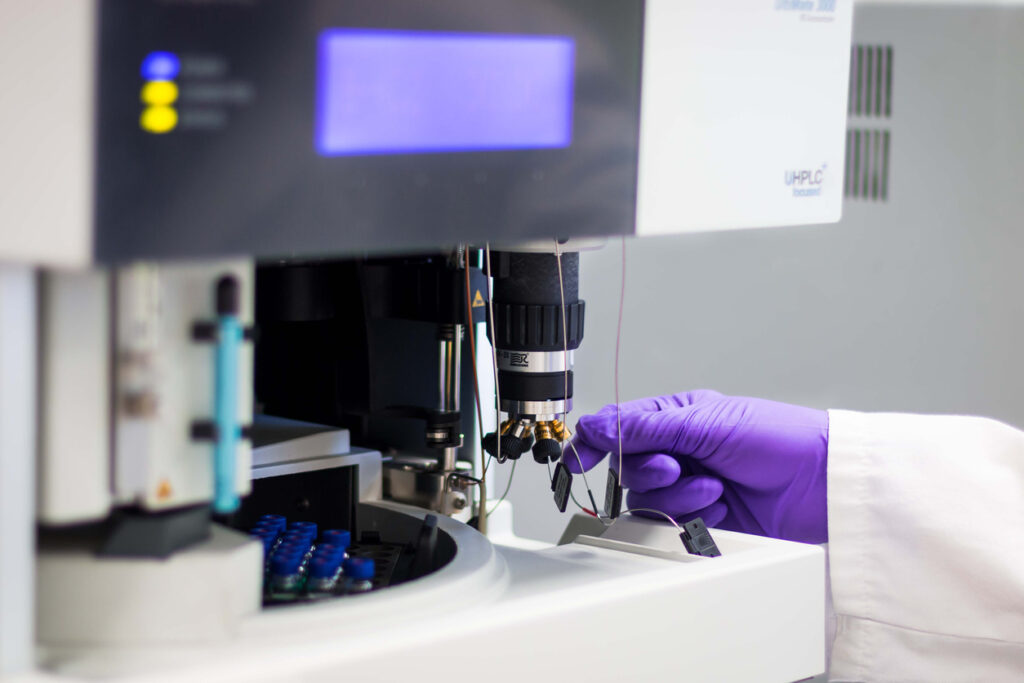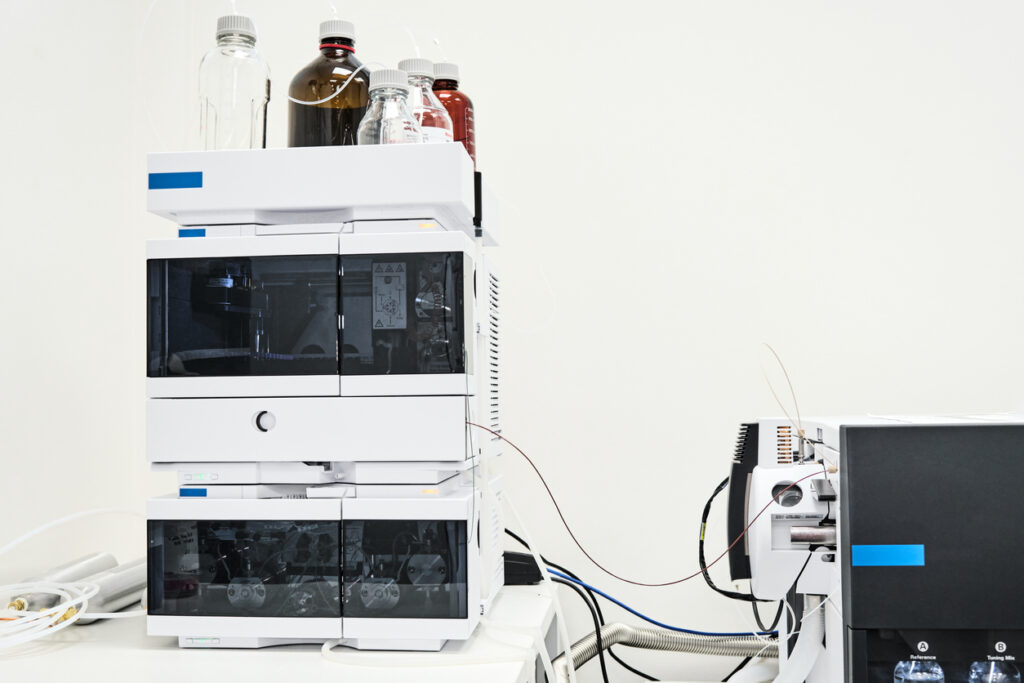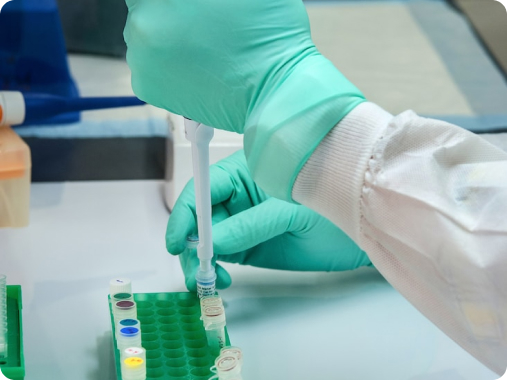The efficient management of lab assets is often overlooked, leading to suboptimal utilization of resources and, consequently, a reduced return on investment (ROI). Let’s explore the importance of lab asset lifecycle management and discuss strategies to maximize ROI in the laboratory setting.
The Significance of Lab Asset Lifecycle Management:
Lab assets, ranging from sophisticated equipment to consumables, represent a significant investment for research institutions and companies alike. The lifecycle of these assets encompasses their acquisition, utilization, maintenance, and eventual disposal. Effective lab asset lifecycle management involves optimizing each stage to ensure that resources are utilized efficiently and generate maximum value throughout their lifespan.
Strategic Asset Acquisition:
The first step in maximizing ROI is making informed decisions during the asset acquisition phase. It involves aligning the lab’s needs with the available budget and selecting assets that not only meet current requirements but also have the flexibility to adapt to future changes in research focus.
Needs Assessment:
Conducting a thorough needs assessment is crucial to identify the specific requirements of the lab. This involves considering the type of research conducted, the volume of experiments, and the skill set of the personnel.
Budget Alignment:
Aligning the acquisition strategy with the available budget ensures that the lab invests in assets that provide the best value for money. It also helps in avoiding unnecessary expenditures on features that may not contribute significantly to the research goals.
Future-Proofing:
Opting for versatile and upgradable equipment ensures that the lab remains adaptable to evolving research needs. This prevents premature obsolescence and extends the useful life of assets.

Efficient Utilization:
Once assets are acquired, efficient utilization becomes paramount. Poorly managed usage can lead to underutilization or overuse, both of which negatively impact ROI.
Training Programs:
Providing comprehensive training programs for lab personnel ensures that equipment is used correctly and to its full potential. This not only enhances the quality of experiments but also prolongs the lifespan of the assets.
Scheduling and Workflow Optimization:
Implementing effective scheduling systems and optimizing workflows prevents bottlenecks and downtime. This includes strategically planning experiments to maximize the use of shared equipment and reduce idle time.
Monitoring and Analytics:
Utilizing monitoring systems and analytics tools helps track asset utilization patterns. This data-driven approach allows labs to identify underutilized assets, make informed decisions about equipment allocation, and optimize resource distribution.
Proactive Maintenance:
Regular maintenance is essential to prevent unexpected breakdowns and ensure that assets operate at peak efficiency. Proactive maintenance strategies contribute significantly to extending the lifespan of lab equipment.
Scheduled Maintenance:
Establishing a routine maintenance schedule based on manufacturer recommendations prevents wear and tear, reduces the risk of unplanned downtime, and extends the lifespan of assets.
Predictive Maintenance:
Implementing predictive maintenance using sensor data and advanced analytics helps identify potential issues before they escalate. This approach minimizes disruptions, maximizes uptime, and ultimately contributes to higher ROI.
Calibration and Quality Assurance:
Regular calibration and quality assurance checks are crucial for maintaining the accuracy and reliability of lab equipment. Consistent adherence to these processes ensures the generation of reliable and reproducible results.

Lab Asset Decommissioning and Disposal:
The end of an asset’s life cycle is often an overlooked aspect of lab management. Proper decommissioning and disposal strategies are vital to prevent environmental impact and recover any residual value from retired assets.
Eco-Friendly Disposal:
Adhering to environmentally friendly disposal practices ensures that labs comply with regulations and contribute to sustainability efforts. Recycling, repurposing, or donating equipment when possible minimizes the environmental footprint.
Resale and Asset Recovery:
Identifying assets with resale value and implementing asset recovery programs can offset the cost of new acquisitions. This strategy involves selling or repurposing assets that are still functional but no longer align with the lab’s research focus.
Documentation and Compliance:
Thorough documentation of the decommissioning process is essential for regulatory compliance. Properly disposing of hazardous materials and following established protocols guarantees a responsible end to the asset’s life cycle.
Technology Integration:
In the digital age, leveraging technology for lab asset management is indispensable. Integrated software solutions can streamline processes, enhance communication, and provide valuable insights for decision-making.
Lab Information Management Systems (LIMS):
LIMS facilitates the organization and tracking of lab samples, assets, and data. Integrating LIMS into lab operations enhances data integrity, reduces errors, and improves overall efficiency.
Internet of Things (IoT) Sensors:
Deploying IoT sensors on lab equipment enables real-time monitoring of performance metrics. This data-driven approach allows for predictive maintenance and provides insights into usage patterns.
Cloud-Based Solutions:
Utilizing cloud-based solutions for data storage and analysis enhances accessibility and collaboration. It also ensures that critical information is securely stored and can be easily retrieved for audits or decision-making.
Efficient Lab Asset Lifecycle Management with Renovo Life Sciences
Effective lab asset lifecycle management is a multifaceted endeavor that requires strategic planning and a commitment to continuous improvement. By optimizing asset acquisition, utilization, maintenance, and disposal, laboratories can maximize their return on investment. Implementing these strategies not only ensures the efficient use of resources but also contributes to the overall success and sustainability of scientific research endeavors.
As technology continues to advance, embracing innovative solutions and staying ahead of industry best practices will be essential for laboratories seeking to thrive in the ever-evolving landscape of scientific discovery.
In research and development, precision is not negotiable. It’s the cornerstone of groundbreaking discoveries, innovative therapies, and scientific advancements. Renovo Solutions – Life Sciences is your partner in maximizing laboratory equipment through effective asset lifecycle management. Embrace a future where your lab operates seamlessly, where instruments are not just tools but precision partners in your scientific journey. Contact Renovo Solutions today and embark on a precision-driven path that defines the future of your life sciences endeavors. Precision is not just a goal; it’s our commitment.

